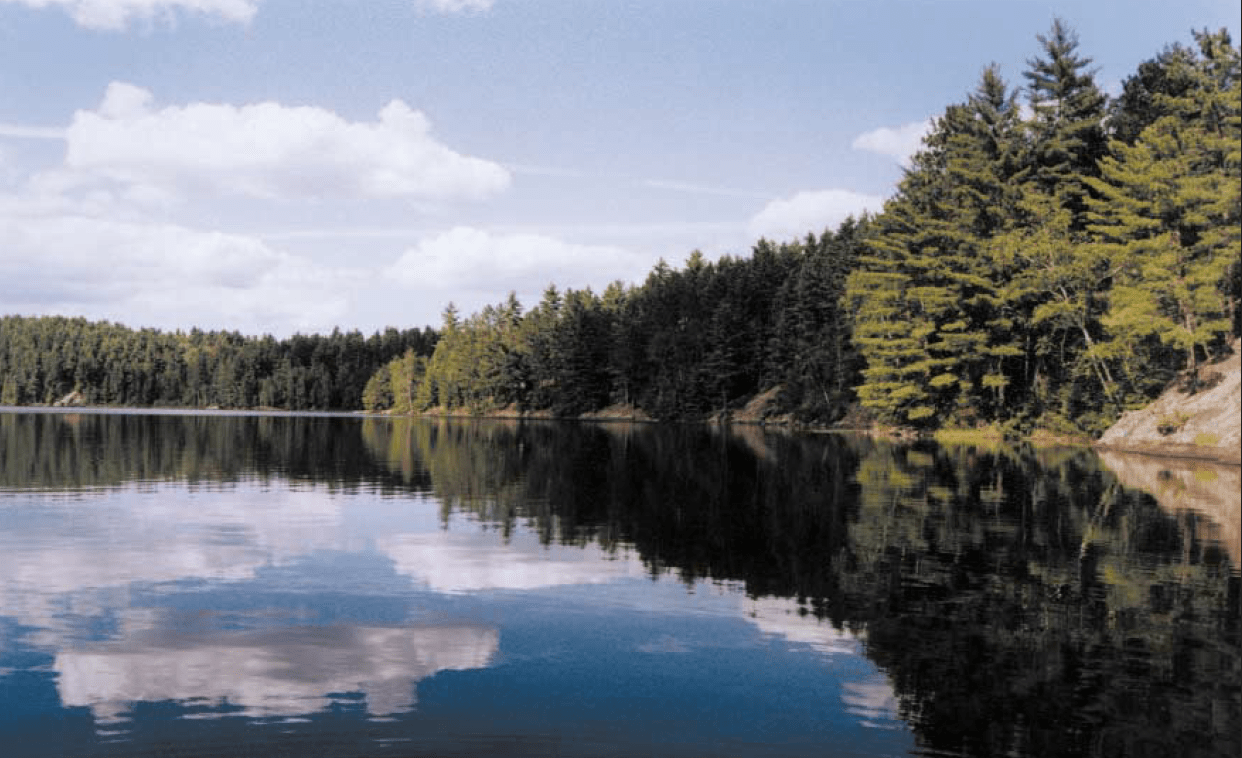
The Minnesota Land Trust uses conservation easements to protect tracts in three high-visibility lakes of canoe country.
The Minnesota Land Trust, with funding from the Quetico Superior Foundation, has completed three land protection projects on private lands along the high-profile wilderness gateways of Lake Vermilion, Burntside Lake, and White Iron Lake in the western end of Minnesota canoe country.
The projects include a 14-acre peninsula on Twin Lakes, bordered on the east by the Dead River, which is connected to Burntside Lake. This peninsula was a prime development site and is directly across from the portage connecting the North Arm of Burntside Lake. This easement will benefit the general public, local residents, and hundreds of campers each year attending Camp du Nord and Camp Widjiwagin who use this portage as part of their wilderness experience.
The 170-acre easement on Pine Island ensures the wilderness beauty of 1- miles of shoreline on Lake Vermilion. This property is one of the most visible and important remaining undeveloped private lands on Lake Vermilion. The property’s high rocky outcrops are part of the northern view across Big Bay, and development of the thin soils on this property would have a detrimental effect on the water quality of the lake.
On White Iron Lake, the last undeveloped bay will remain wild as a result of the completed 47-acre easement. This protects 1,500 feet of shoreline and helps retain the wild character of White Iron Lake.
How the conservation easement works
A conservation easement is a voluntary set of restrictions that a landowner accepts, which limits certain uses of a property such as development, construction of roadways and trails, subdivision and forest clear-cutting. And though the land remains privately owned, its conservation value is preserved forever. Minnesota law recognizes conservation easements as permanent, regardless of who may own the land in the future. The Minnesota Land Trust has been active in the northern Minnesota forest wilderness for nearly a decade and considers the region to be one of the cornerstones in its statewide protection efforts.
A conservation success
The Quetico Superior Foundation grant leveraged hundreds of thousands of dollars of conservation in lieu of outright purchases. Landowner and local governments benefit by keeping the land in private ownership. And the public has benefited by maintaining the conservation features and water quality that make the area so unique. The Minnesota Land Trust currently holds nine conservation easements in the border lakes region, protecting hundreds of acres of rugged, pristine shoreline and dense forests in this area where the local economy and ecology are fragile, yet intricately connected.
This article appeared in

